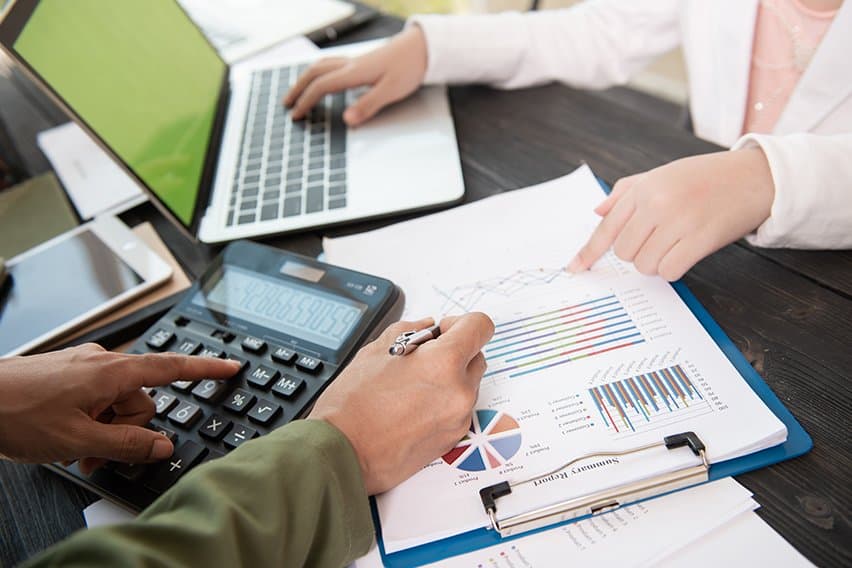
If you are self-employed or are running your own small business, you will often find that you need to make purchases to supplement your work.
Perhaps it’s time for a new laptop, or you need motor vehicles to transport your equipment. Or maybe you need to replace or upgrade your existing equipment.
In the UK, these purchases are usually tax-deductible. However, HMRC doesn’t treat them in the same way that they treat day-to-day expenses such as business mileage or office utilities.
The way the tax system works means that you can’t just subtract the cost of these items from your income. In order to get your tax deduction, you’ll have to claim what is called capital allowance.
But what is capital allowance and how does it work in the UK? Let’s take a closer look.
What Is Capital Allowance?
Capital allowances are a way of reducing your end of year tax bill by making a claim against your taxable profit. This is when you spend money on something that will benefit your business in its long term future.
This process is called capital expenditure and it can be claimed on most assets purchased for business purposes. This includes equipment, research and development and even expenses for building renovations.
You make capital expenditure when you:
- Buy an asset that you’ll use in your business. This would be called a capital asset.
- Spend money on upgrades that benefit your business.
- Spend money on maintaining a pre-existing capital asset.
However, not every capital asset qualifies for capital allowances. HMRC has a set of rules on which business assets you can claim for, and which ones do not fall under the category of capital allowance.
When figuring out your capital allowance, you must first be able to classify what type of asset you have. This is to determine whether full or partial value can be claimed. You’ll also need to figure out whether the allowance is deductible in one year or over several years.
You then have to calculate the number of capital allowance expenditures that you can claim during your tax period. You should include this information on your tax return. This is then submitted to HM Revenue & Customs, or HMRC.
What Is Plant and Machinery?
If you know about capital allowance then the chances are you’ve heard the term “plant and machinery”. This is because plant and machinery is the most common type of asset that you can claim capital allowances on.
It is essential equipment, machinery or vehicles that you use in your business. So for example, if you run a delivery company, then its plant and machinery would include the vans you use to deliver goods, and the forklifts you use to stack pallets.
Assets that also fall under plant and machinery include:
- The cost of demolishing equipment, vehicles or machinery.
- Features that are integral to a building or structure. These may include:
- Lifts, escalators and moving walkways.
- Heating and air conditioning systems.
- Electrical and lighting systems.
- Hot and cold water systems.
- External solar shading
- Fixtures, such as kitchens, bathrooms, CCTV and fire alarms.
How Do I Claim Capital Allowances?
HMRC allows you to claim capital allowances in one of two ways:
- Through the annual investment allowance.
- Writing down allowances.
The annual investment allowance allows you to deduct the full value of plant and machinery up to £200,000 per year. But you can only claim this back in the year that you bought the equipment.
You can claim a writing down allowance if:
- You’ve exceeded your annual investment allowance.
- The item you want to claim for isn’t covered under the annual investment allowance.
In this case, you can only claim a percentage of the item’s value as a writing down allowance each year.
Key Takeaways
Understanding capital allowance is a key part of running your own business.
Through this tax relief, you can save a large sum of money through all of your business expenses through some smart accounting software.
Are you looking for more business advice on everything from starting a new business to new business practices?
Then check out the FreshBooks Resource Hub.












